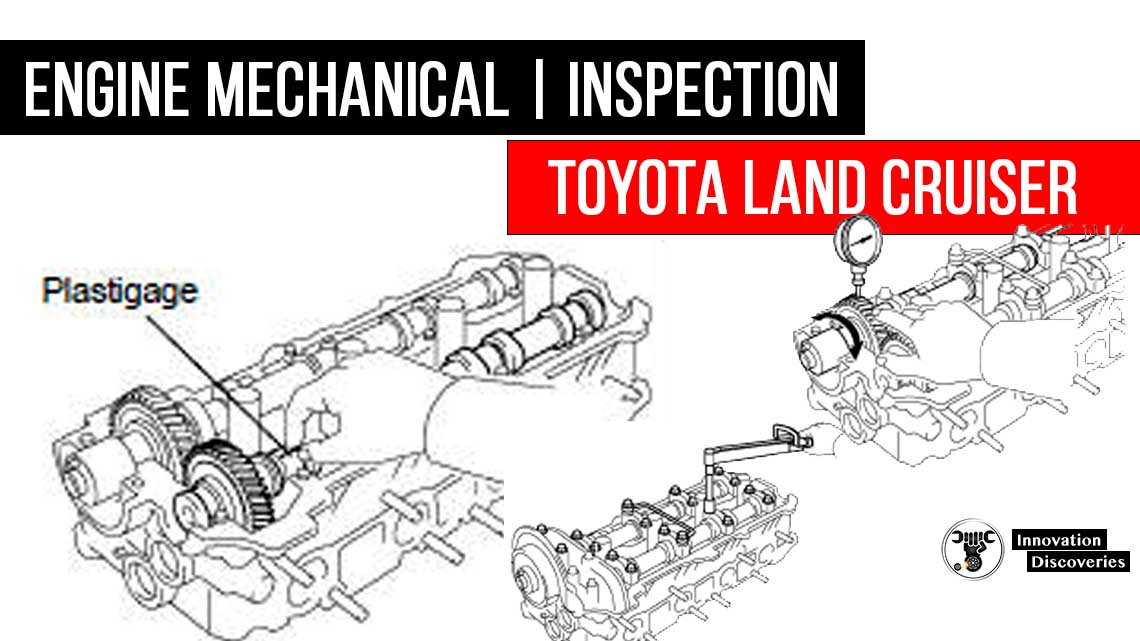As Mazda and Infiniti have proved, there’s a lot of innovation left in the internal-combustion engine.
One of the more wild concepts we’ve seen is called Reactivity Controlled Compression Ignition (RCCI), and it could just be the holy grail of internal combustion.
Why? It uses gas and diesel to achieve incredible levels of efficiency.
Also, read :
- Battery Ignition System: Parts, Function, Working, Advantages and Disadvantages
- Magneto Ignition System – Parts, Working Principle, Advantages, and Disadvantages with Application
- IC ENGINE: COMPONENTS AND THEIR FUNCTIONS, TYPES, AND TERMINOLOGY
This engine only lives on a test bench now, as Engineering Explained’s Jason Fenske details.
It’s a concept developed by the University of Wisconsin-Madison that in lab testing has achieved 60 per cent thermal efficiency.
That means this engine is converting 60 per cent of its fuel used into power rather than waste energy—a much higher number than any automotive engine in production today.
For context, Toyota has a new 2.0-litre four-cylinder that achieves a remarkable 40 per cent thermal efficiency, while Mercedes-AMG’s F1 power unit achieves 50 per cent.
Read: TOYOTA LAND CRUISER |ENGINE MECHANICAL | INSPECTION

An RCCI uses two fuel injectors per cylinder to mix a low-reactivity fuel, like gas, with a high-reactivity fuel, like diesel.
Theoretically, you could mix any low- and high-reactivity fuels for RCCI to occur, but gas and diesel is perhaps the most interesting combination.
The combustion process is quite fascinating.
First, a mixture of gas and air enter the combustion chamber, then diesel is injected.
Read: 4 COMMON ENGINE MISFIRE CAUSES
The gas and the diesel start to mix as the piston moves up towards the top dead centre, at which point, a little more diesel is injected for ignition.
Also, read – How a diesel engine works
This engine is more fuel-efficient than a conventional diesel engine, and it’s much cleaner too.
It sounds like the ideal internal-combustion engine, so that might make you wonder why it’s not yet in your car?
Well, the engine is still very much in development, so if it ever were to enter mass production, it wouldn’t be for some time.
There’s also the whole issue of having to equip a car with two entirely separate fueling systems.
But, it’s still a fascinating concept and one that Fenske explores very in-depth in this video.
Read More :
- Why Are Diesel Engines Used In Heavy Vehicles? Epic Reasons
- Direct Injection Carbon Build Up: Symptoms And Preventive Measures
- Engine Braking With A Manual Transmission – Is It Bad?
- Carburettor Vs Fuel Injection: Which One Is The Better Option?
- 5 Suspension Mods You Should NEVER Do To Your Car
6 MOST COMMON CRANKSHAFT POSITION SENSOR SYMPTOMS
Visit Forum


2 Comments